You can create JSP hook to customize Asset Publisher configuration.
The original configuration is rendered by /html/portlet/asset_publisher/configuration.portal.jsp.
In your hook, you can include the original jsp and then add your own preferences.
Example:
<%-- Include the original Asset Publisher configuration JSP. --%>
<%@include file="/html/portlet/asset_publisher/configuration.portal.jsp"%>
<%-- Read current value from portlet preferences. --%>
<% String abstractLength = portletPreferences.getValue("abstractLength", "100"); %>
<%-- Hidden div with custom input fields. --%>
<div id="customPreferences" style="display: none;">
<aui:fieldset label="fieldset.abstractLength">
<aui:input name="abstractLength" label="abstractLength" value="<%= abstractLength %>">
<aui:validator name="number"/>
<aui:validator name="min">1</aui:validator>
</aui:input>
</aui:fieldset>
</div>
<%-- JS code to place custom preferences at the end of Display Settings tab. --%>
<%-- It uses jQuery, but it's not a requirement. --%>
<script>
$(document).ready(function () {
// find div with custom preferences
var $customPreferences = $("#customPreferences");
// find the last fieldset on Display Settings tab
var displaySettingsLastFieldset = $(".nav-tabs:eq(1)").siblings("div:eq(1)").children().filter("fieldset").last();
// insert custom preferences after the last fieldset on Display Settings tab
$customPreferences.insertAfter(displaySettingsLastFieldset);
// show custom preferences
$customPreferences.show();
});
</script>
It is a good approach to extend the original JSPs - ie. include the original and then make the customization. This way, there's a good chance of a painless update to next Liferay versions.
For general guidelines on how to implement JSP hooks, see Liferay Developer's Guide.

